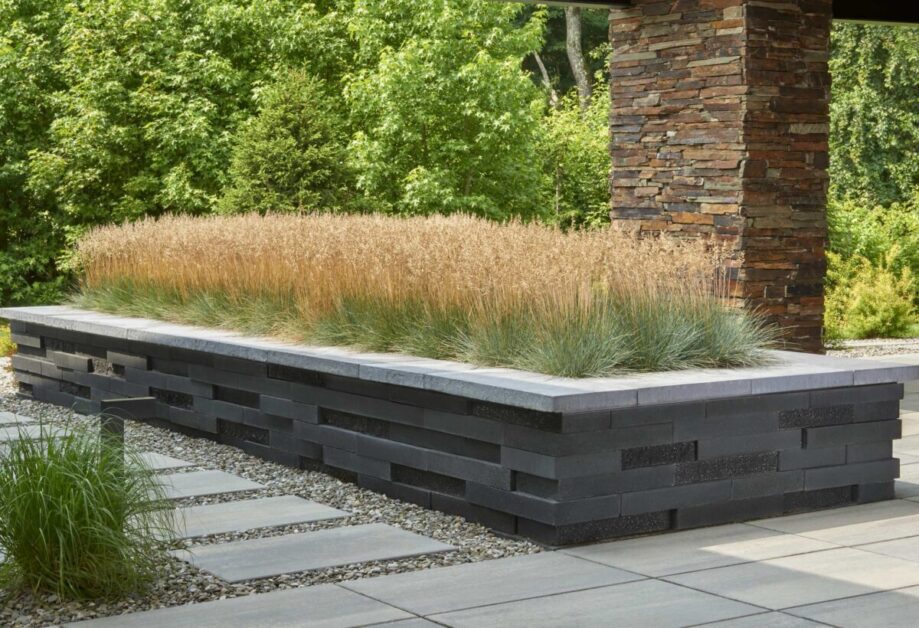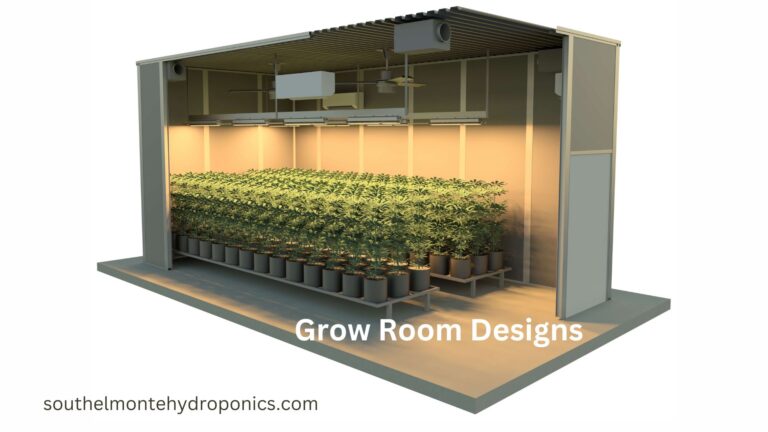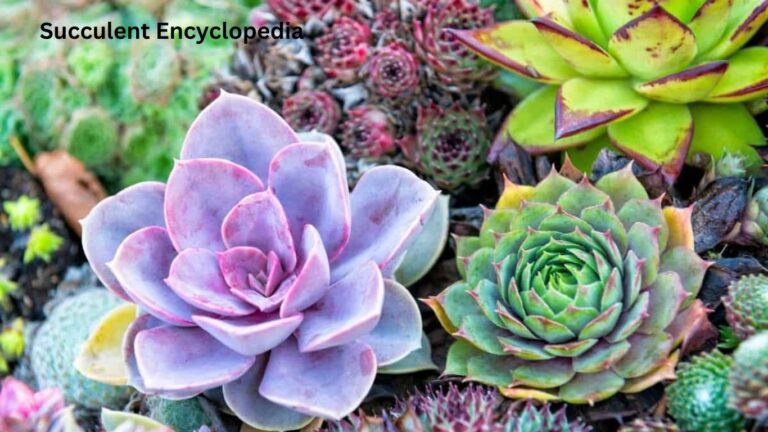Raised Bed Concrete Gardening: Pros and Cons
Benefits of Using Concrete for Raised Beds
Concrete raised beds offer numerous benefits for gardening enthusiasts. One of the main advantages is their exceptional durability and longevity. Unlike other materials that may deteriorate over time, concrete beds can withstand harsh weather conditions and maintain their structure for years, providing a stable and reliable foundation for plants to thrive. Additionally, concrete raised beds offer superior insulation properties, helping to regulate soil temperature and moisture levels, which can contribute to healthier plant growth and increased yields.
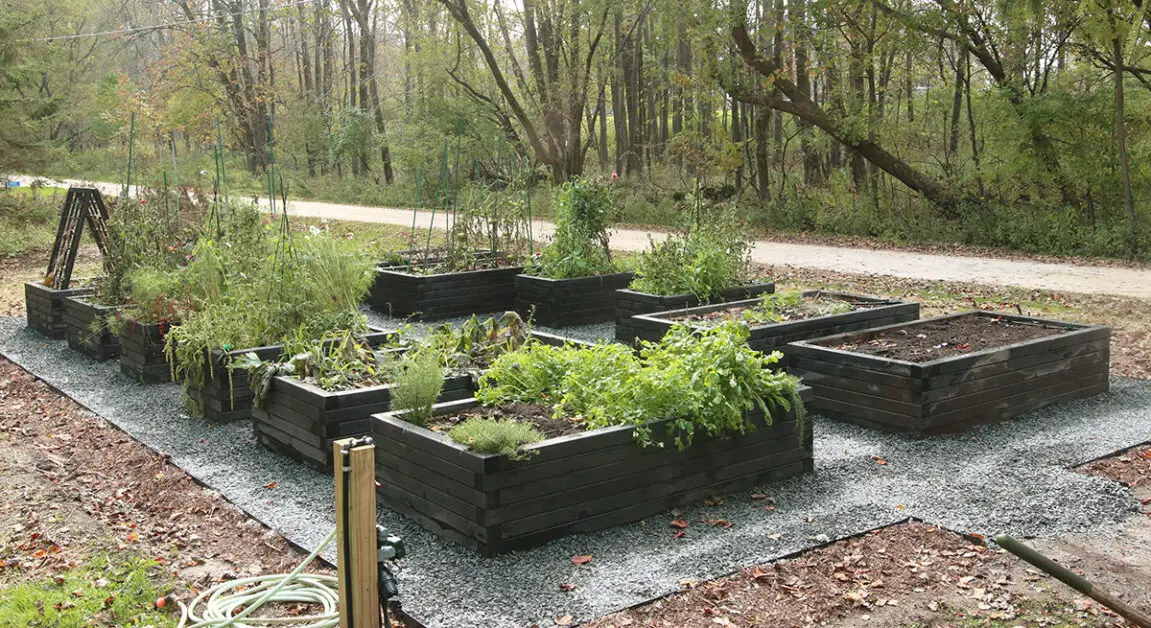
Another key benefit of using concrete for raised beds is its versatility in design. Concrete can be easily molded and shaped into various sizes and configurations, allowing gardeners to customize their beds to suit their specific needs and preferences. Whether you prefer a sleek and modern look or a more rustic and textured finish, concrete can be adapted to complement any garden style while providing a sturdy and dependable growing environment for your plants.
Challenges of Building Raised Bed Concrete Gardens
Building raised bed concrete gardens has its fair share of challenges. One obstacle is the weight of the concrete material, which can make construction labor-intensive and require additional support structures. Ensuring proper drainage is another key challenge, as concrete can inhibit water flow and potentially lead to waterlogging issues, particularly in heavy rainfall regions.
Moreover, the initial cost of setting up concrete raised beds can be higher compared to other materials, which might deter some gardeners. Additionally, concrete is known to retain heat, which can affect the soil temperature, potentially impacting plant growth. These challenges highlight the importance of careful planning and consideration when opting for concrete as the material for raised bed gardening.
The list of challenges one might face during building the concrete raised bed is given below:
| Challenge | Description |
|---|---|
| Weight | Handling and transporting heavy concrete, requiring machinery or multiple people for installation and repositioning. |
| Cost | Expensive materials and labor associated with pouring and forming concrete for raised beds. |
| Installation Complexity | Complex process involving site preparation, form construction, concrete pouring, leveling, and curing. |
| Limited Customization Options | Restricted flexibility in size, shape, and design due to concrete’s predetermined forms. |
| Insufficient Drainage | Potential waterlogging and root rot if drainage features like weep holes or gravel layers are not incorporated. |
| Environmental Impact | High energy consumption and carbon emissions during concrete production, raising sustainability concerns. |
Durability of Concrete Raised Beds
Concrete raised beds are renowned for their exceptional durability, making them a long-lasting gardening solution. The inherent strength and resilience of concrete ensure that these beds can withstand various environmental elements, including inclement weather conditions, without deteriorating rapidly. Additionally, concrete beds are highly resistant to pests and rot, further enhancing their longevity.
Moreover, concrete raised beds require minimal maintenance compared to other materials, contributing to their lasting durability. Once properly constructed, concrete beds typically do not need frequent repairs or replacements, saving both time and resources in the long run. This robustness makes concrete an attractive choice for gardeners seeking a reliable and enduring option for their raised bed projects.
Cost Considerations for Concrete Gardening
When considering the cost implications of using concrete for gardening projects, it’s important to factor in both the initial investment and long-term benefits. Concrete raised beds may have a higher upfront cost compared to some other materials like wood or plastic, but their durability and low maintenance requirements can make them a cost-effective choice in the long run. Additionally, the longevity of concrete beds can contribute to saving money over time by eliminating the need for frequent replacements or repairs.
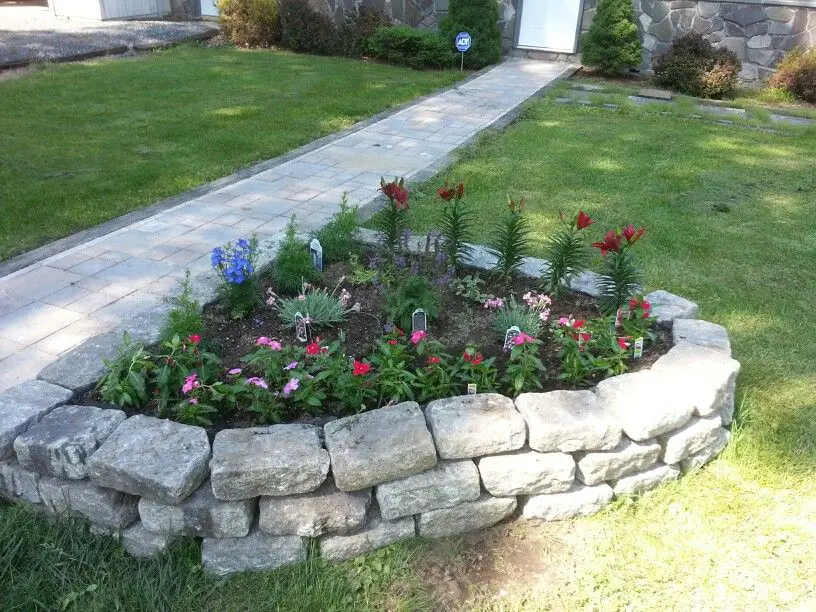
Moreover, the overall cost of concrete gardening can vary depending on factors such as the size and design of the raised beds, the quality of the concrete used, and any additional features or accessories incorporated into the setup. While concrete may require a higher initial investment, the long-lasting nature of this material can result in significant savings over the lifespan of the garden beds. Planning and budgeting effectively at the outset can help ensure that the cost considerations for concrete gardening align with your financial goals and gardening aspirations.
Impact on Plant Growth in Concrete Beds
Concrete raised beds can have both positive and negative effects on plant growth. Concrete is a durable and stable material that can provide a strong foundation for plants to thrive. However, the high alkalinity of concrete can affect the pH levels of the soil, potentially impacting the availability of nutrients to plants. This alkalinity can influence the growth of certain plant species that prefer more acidic soil conditions. Additionally, concrete can absorb and retain heat, which may lead to fluctuations in soil temperature, affecting plant growth and root development.
Despite these challenges, concrete raised beds offer benefits such as enhanced water retention, reduced weed growth, and a long lifespan. Proper soil amendment and pH management can help mitigate the negative impact of concrete on plant growth. Choosing plants that are tolerant of alkaline soil conditions can also help ensure successful growth in concrete beds. By understanding the unique characteristics of concrete and implementing appropriate gardening practices, gardeners can optimize plant growth in concrete raised beds.
Tips for Properly Constructing Concrete Raised Beds
When constructing concrete raised beds for your garden, there are several key tips to keep in mind to ensure a successful and long-lasting structure. Firstly, it is essential to properly prepare the site where the concrete bed will be placed. This includes leveling the ground, removing any debris, and ensuring good drainage to prevent waterlogging.
Secondly, when mixing the concrete, be sure to follow the manufacturer’s instructions carefully to achieve the right consistency and strength for the raised bed. Properly reinforcing the concrete with steel mesh or rebar will help enhance its durability and prevent cracking over time. Additionally, consider adding a waterproofing agent to the concrete mix to protect it from moisture and extend its lifespan. By paying attention to these details during the construction process, you can create a sturdy and functional concrete raised bed for your plants to thrive in.
Design Options for Concrete Raised Beds
When considering the design options for concrete raised beds, there are various choices to suit different preferences and needs. One popular design is the sleek and modern look of smooth concrete walls that provide a contemporary aesthetic to the garden. These beds can be styled in various shapes and sizes, offering flexibility in creating a customized gardening space.
Alternatively, for a more rustic and natural appearance, concrete blocks or bricks can be used to construct raised beds. This design option adds a charming and traditional feel to the garden while still benefiting from the durability and longevity of concrete material. Additionally, incorporating decorative elements such as mosaic tiles or colorful paint can further enhance the visual appeal of concrete raised beds.
Maintenance Requirements for Concrete Gardens
Maintenance requirements for concrete gardens are relatively low compared to other materials. Concrete raised beds are durable and require minimal upkeep once properly installed. Regular cleaning with water and a mild soap solution can help keep the surface clean and free from dirt and debris. Additionally, applying a sealant every few years can help maintain the appearance and integrity of the concrete.
One important aspect of maintenance for concrete gardens is to check for any cracks or damage periodically. Any cracks should be repaired promptly to prevent water from seeping in and causing further damage. It is also essential to inspect the drainage system regularly to ensure proper water flow and prevent waterlogging, which can lead to plant stress and root rot. By staying proactive in maintaining concrete raised beds, gardeners can ensure the longevity and health of their garden space.
The chart below shows the maintenance of plants planted on concrete raised bed:
| Maintenance Task | Frequency | Description |
|---|---|---|
| Weed Control | Weekly | Remove any weeds that emerge in the raised bed garden to prevent competition for nutrients and water. |
| Soil Inspection | Monthly | Check the soil pH and quality to ensure it remains suitable for plant growth. Test for nutrient levels if necessary and amend as needed. |
| Mulching | Bi-annually | Apply a layer of mulch to retain moisture, regulate soil temperature, and suppress weed growth. |
| Irrigation Check | Weekly | Monitor soil moisture levels and adjust irrigation as needed, ensuring plants receive adequate water without becoming waterlogged. |
| Pest and Disease Management | As needed | Regularly inspect plants for signs of pests or diseases and take appropriate measures for control, such as applying organic pesticides or removing affected plants. |
| Pruning and Deadheading | As needed | Remove dead or diseased foliage, as well as spent flowers, to encourage healthy growth and prolong flowering periods. |
| Fertilization | Seasonally | Apply organic or slow-release fertilizer according to the specific needs of the plants and the recommendations for the chosen crops. |
| Structural Inspection | Annually | Assess the condition of the raised bed structure, including any supports or frames, and make repairs as necessary to ensure stability and longevity. |
| Crop Rotation | Annually | Rotate crops to prevent nutrient depletion and reduce the buildup of pests and diseases specific to certain plant families. |
| Soil Aeration | Annually | Loosen compacted soil by gently turning it with a garden fork or tiller to improve air circulation and water drainage. |
Environmental Considerations of Concrete Gardening
Concrete gardening, while offering many benefits, also raises important environmental considerations. One key aspect to be mindful of is the production of concrete itself. The process of manufacturing concrete involves significant energy consumption and the release of carbon dioxide, a greenhouse gas contributing to climate change. Additionally, the extraction of raw materials like limestone and sand for concrete production can lead to habitat destruction and ecosystem degradation.
Furthermore, when considering the long-term environmental impact of concrete gardening, it is essential to acknowledge the material’s durability. While concrete raised beds may last for many years, there may come a time when they need to be replaced or disposed of. Proper disposal of concrete can pose challenges as it is not easily biodegradable, potentially leading to increased waste in landfills. Environmental stewardship and responsible waste management practices are crucial to mitigate the ecological footprint of concrete gardening projects.
Comparison with Other Raised Bed Materials
Concrete raised beds offer several advantages compared to other materials commonly used for raised bed gardening. One of the key benefits is the longevity of concrete beds. While wood and metal beds may deteriorate over time due to moisture and rot, concrete beds can withstand harsh weather conditions for many years, making them a durable choice for gardeners looking for a long-term solution.
Additionally, concrete beds provide excellent insulation for plant roots, helping to maintain consistent soil temperatures and protect delicate roots from extreme heat or cold. This thermal mass property of concrete can be beneficial in regions with fluctuating climates, offering a more stable environment for plants to thrive.
Insulation Properties of Concrete Beds
Concrete raised beds offer excellent insulation properties, helping to regulate soil temperatures efficiently. The thermal mass of concrete allows it to absorb heat during the day and release it slowly at night, creating a more stable environment for plant roots. This can be particularly beneficial in regions with fluctuating temperatures, as it helps protect plants from extreme heat or cold spikes.
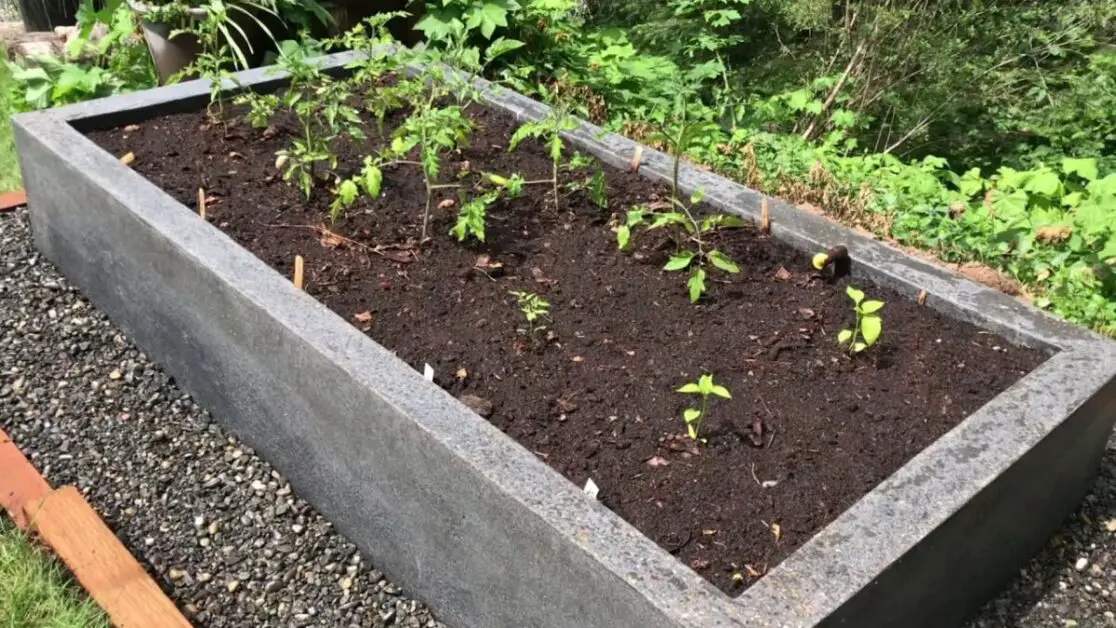
Moreover, the density of concrete provides insulation against temperature changes from the surrounding environment. This can prevent rapid fluctuations in soil temperature, which could stress plant roots and impact their growth. By maintaining a more consistent temperature within the raised beds, concrete helps create a conducive environment for plant development, ultimately supporting healthier and more robust growth.
Potential Drawbacks of Concrete Gardening
Concrete gardening offers many advantages, but it also comes with some potential drawbacks that gardeners should be aware of. One drawback is the initial cost involved in building concrete raised beds. Compared to other materials like wood or fabric, concrete can be more expensive to purchase and install. Additionally, concrete is a heavy material, which can make it challenging to move or reposition raised beds once they are in place.
Another drawback of concrete gardening is its limited flexibility in terms of design. Concrete is a rigid material that may not easily accommodate changes or additions to the garden layout. Unlike modular raised bed systems that can be easily adjusted, concrete structures are more permanent and may require more effort to modify. Gardeners should carefully plan their layout and design before committing to concrete raised beds to avoid future limitations.
Innovative Ideas for Concrete Bed Gardens
Concrete raised beds offer a myriad of possibilities for innovative gardening designs. One creative idea is to incorporate different levels within the concrete bed, creating a tiered effect for a visually appealing garden layout. This not only adds dimension to the garden but also provides opportunities to grow a variety of plants that require different levels of sunlight or drainage. Additionally, integrating built-in seating along the edges of the concrete bed can transform the space into a multi-functional outdoor oasis where one can enjoy the beauty of the garden up close.
Another innovative idea for concrete bed gardens is to customize the shape of the raised bed to fit the available space and complement the overall aesthetic of the garden. Circular or curved concrete beds can add an element of artistry to the garden, while geometric shapes like hexagons or octagons can create a modern and structured look. These unique shapes not only enhance the visual appeal of the garden but also allow for efficient use of space and creative planting arrangements.
Community Building through Concrete Gardening Projects
Concrete gardening projects can serve as a catalyst for community building, bringing together individuals with a shared passion for green spaces and sustainable living. Through collaborative efforts in constructing and maintaining concrete raised beds, participants not only cultivate vibrant gardens but also cultivate connections and foster a sense of belonging.
By working together to plan, design, and tend to concrete bed gardens, community members can learn from each other, share gardening tips and tricks, and create a sense of camaraderie rooted in a common goal of promoting environmental stewardship. These projects provide a platform for fostering relationships, promoting teamwork, and instilling a sense of pride in the shared accomplishment of creating a thriving green oasis within the community.
By watching the video one can build their own concrete raised bed.
Long-term Sustainability of Concrete Raised Beds
Concrete raised beds are renowned for their exceptional durability, making them a sustainable gardening option for the long term. The robust nature of concrete not only ensures that the raised beds withstand the test of time but also reduces the need for frequent replacements or repairs. This longevity contributes to the overall sustainability of gardening practices, as it minimizes waste generation and promotes efficient resource utilization.
Moreover, concrete raised beds offer excellent thermal mass properties, which can help regulate soil temperature and moisture levels. By retaining heat during cooler periods and releasing it gradually, concrete beds create a stable growing environment for plants, promoting optimal growth conditions. This thermal regulation capability enhances the sustainability of gardening efforts by reducing the reliance on external heating or cooling systems, thereby conserving energy and minimizing environmental impact.
Are concrete raised beds environmentally friendly?
Concrete raised beds can be environmentally friendly if they are made from sustainable materials and built with proper care to reduce environmental impact.
Can concrete raised beds be painted or decorated?
Yes, concrete raised beds can be painted or decorated to add a unique touch to your garden. Make sure to use paint or decorations that are safe for use in gardens.
How can I prevent cracking in my concrete raised bed?
To prevent cracking in concrete raised beds, make sure to use high-quality concrete mix, reinforce the bed with steel mesh or rebar, and properly seal the concrete to protect it from moisture.
Can I add drainage holes to my concrete raised bed?
Yes, you can add drainage holes to your concrete raised bed to ensure proper drainage for your plants. Use a masonry drill bit to create the holes in the bottom of the bed.
Are there any special considerations for winterizing concrete raised beds?
In colder climates, you may need to protect your concrete raised beds from freezing temperatures by insulating them with blankets or other materials. Consider planting cold-hardy plants or covering the beds with a tarp during the winter months.

